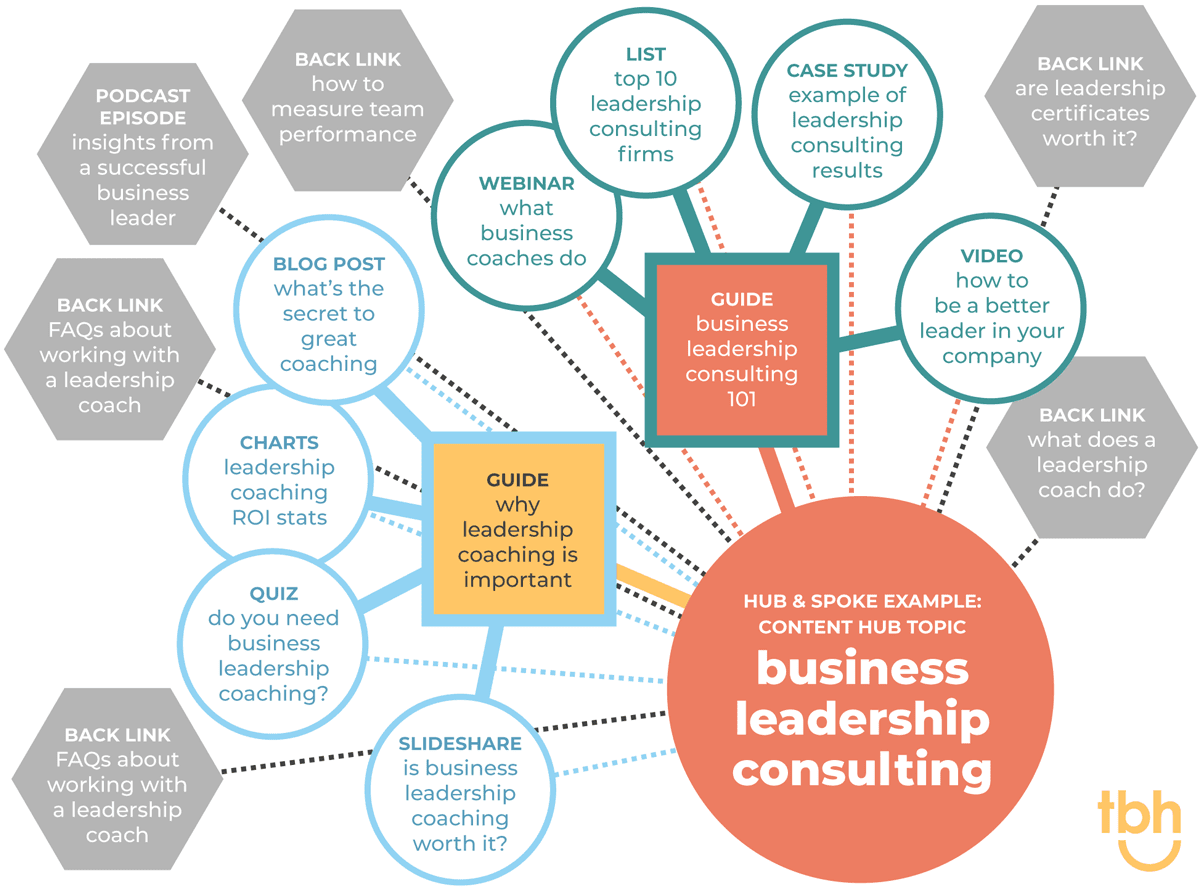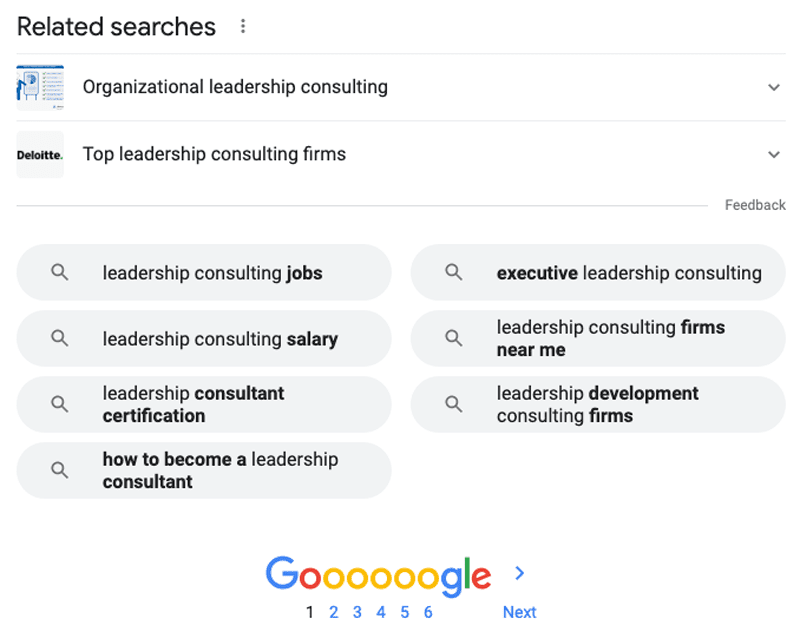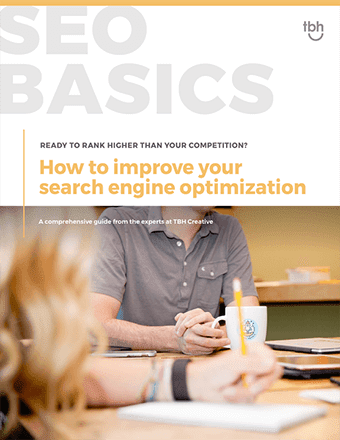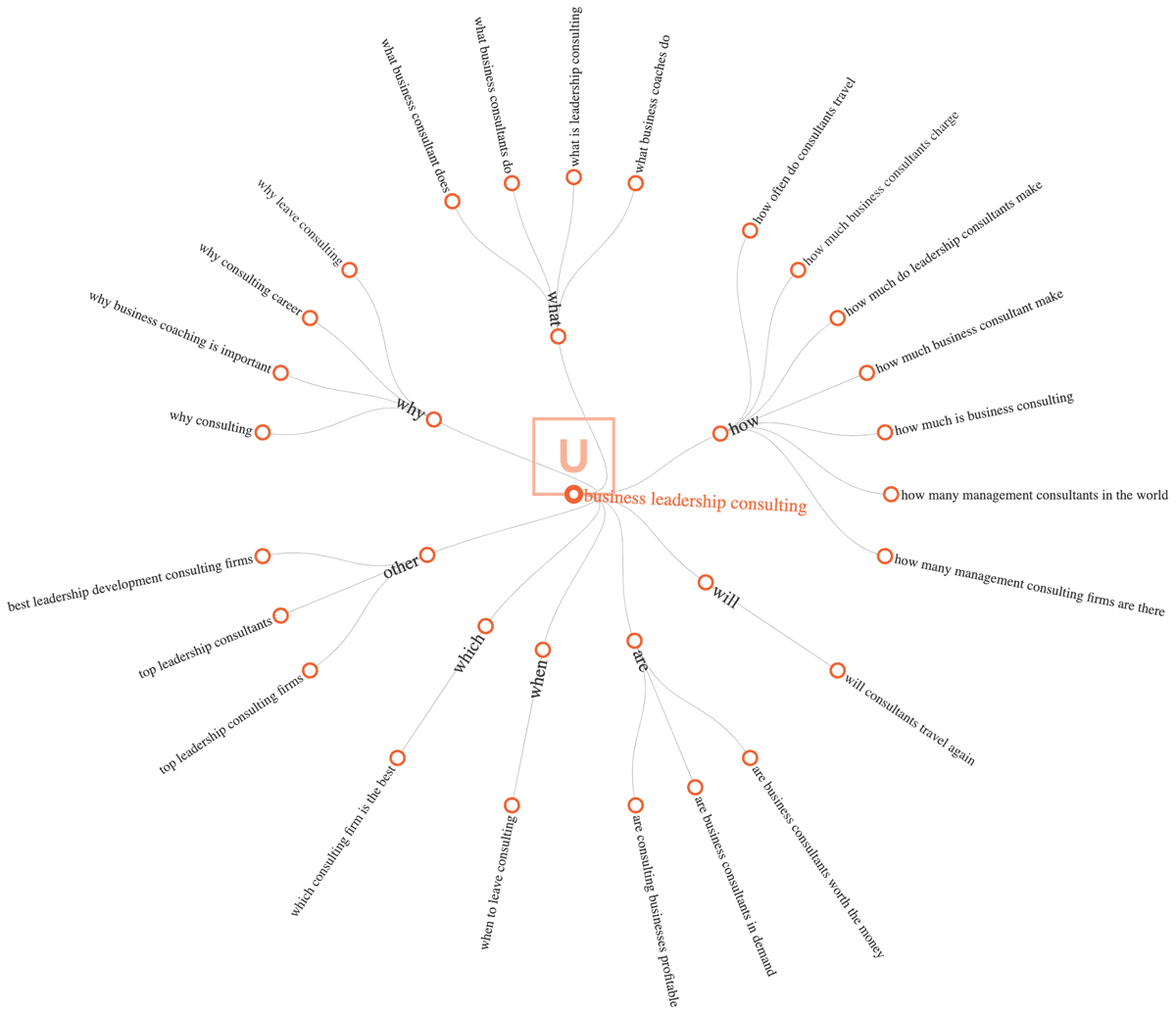Building a website that features helpful resources is good (and it will help you attract new customers), but running a site with useful assets that are organized using a content hub strategy will give you an even better ROI.
This of it this way: Creating a content hub without a solid strategy is like going on a road trip to somewhere new without a map or GPS. You might eventually get where you’re going, but it will be a lot harder and take a lot longer than it would if you had planned ahead. The same is true for creating a content hub.
Well-planned marketing content creation will not only make it easier to create and maintain your content hub, but it will also help you attract more visitors and improve your search engine optimization, or SEO.
To help you get started with your planning, we’ve put together a list of tips to help you refine your content hub strategy to increase your chances for growth. Keep reading to discover which 17 things you must stop doing to achieve greater gains with your website assets.
What is a content hub and why do you need one as part of your SEO strategy?
A content hub is a website or section of a site that is devoted to aggregating and curating content around a specific topic. Content hub strategy is a way for businesses to organize and present their most valuable assets to customers, while also improving their SEO ranking.
There are many ways in which a content hub can improve your SEO. For example, by creating original, high-quality content, you can attract links from other websites and improve your search engine ranking. In addition, curating relevant content from around the web can help you build relationships with other website owners and improve your visibility in the search engines.

Will a content hub that’s poorly executed hurt your search engine rankings?
Without a doubt, hosting a content hub made up of low-quality resources will hurt your SEO efforts.
What is the hub and spoke method?
The hub and spoke method is a content hub strategy that involves creating a central hub page that links to several smaller pages or articles on related topics. It’s used to improve SEO ranking by providing high-quality content on a specific topic.
For example, if you don’t produce original content with value, you won’t be seen as a place to go for helpful resources by your customers (or search engines, like Google and Bing).
In addition, if you don’t carefully curate the content that makes up the spokes of content hub, you can end up attracting back links from inferior and irrelevant sites which can also hurt your SEO ranking.

21 things you must stop doing to start getting better results
At the end of the day, it’s all about getting people to your website to read your content then buy your product or service. The hard part is setting up a strategy designed to attract and convert your target audience.
Stay on top of your content hub strategy to ensure marketing success online by making sure these bad practices haven’t made their way into your process.
Stop being disorganized
Creating a content map is a great way to organize and plan your content hub. It can also help you identify any gaps in your content and see how everything fits together.
Getting started with content maps
One of the biggest mistakes people make with their content hubs is failing to plan ahead. Before you start creating new content, take the time to analyze at what you have on hand by putting together a content map. This set-up work will also give you a way to track your next steps and progress.
How to build a content map: Start by creating a spreadsheet or diagram that lists all of your assets. Here is a list of some of the most basic information worth including:
- Each content item’s title
- Brief description
- Tag for which content hub it belongs to
- Format of the content
- URL
- Publish date (or date when last updated)
- Keyword target
- Rank tracking info
Resources for making content maps: There are a number of software and tools that can help you create content maps and plan upcoming content creation. Some of our recommendations include:
- Content outline tools: Hubspot, Google Docs, Outline.ly, and MindNode
- Content brainstorming tools: Google Sheets, MindMeister, and Bubbl.us
- Content calendar tools: CoSchedule, Trello, Microsoft Excel, and Google Calendar
Stop thinking of content as “static”
One of the biggest mistakes businesses make is creating a piece of content and then never updating it or changing it.
The reality is that your content hub strategy (and the assets that are included in it) should be considered dynamic. At the minimum, you should update old content to add relevant interlinks. For even better results, you should always be thinking about ways to update and improve your content over time. This could mean expanding with new information, revising old information, or even completely overhauling a piece of content to make it more valuable.
Stop ignoring your analytics
If you’re not regularly checking your content hub’s analytics, you’re missing out on valuable insights that could help you improve your strategy. Use Google Analytics or another similar platform to track things like page views, time on site, and bounce rate, and make changes to your content hub accordingly.
It’s important to give your content hub time to grow before assessing its performance. Depending on your audience and content, you may need to wait a few weeks or even months before you start seeing any significant results. However, you should definitely be tracking key analytics metrics like page views, time on site, and bounce rate from the start, so you can identify any areas that need improvement.
If you want to know whether or not your content hub is successful, you need to track your results. Keep an eye on your traffic numbers, conversion rates, and other key metrics, and make adjustments as needed. This will help you continually improve your content hub and get better results over time.
Stop forgetting about SEO
Just because your content hub is a central location for all your content doesn’t mean you can forget about SEO and optimizing for target keywords. In fact, optimization is more important than ever if you want your content to be seen by as many people as possible.
Don’t forget to add new content to your content hub, too. Staying on top of what you have will lessen the chance that you’ll accidentally waste resources by creating two pieces of content targeting the same keyword target.

Stop ignoring promotion on social media
Social media can be a powerful tool for promoting your content and driving traffic to your content hub. Make sure to post links to your latest content on all your social media accounts, and encourage your followers to share and engage with your content.
It’s not enough to simply create great assets. You also need to make a content hub strateegy to ensure the right people are actually seeing this information. Promote your content through social media, and make sure to include calls-to-action that encourage people to check out all of the assets that are part of your content hub.
Stop neglecting your email list
If you have an email list, make sure to promote assets from your content hub to subscribers on a regular basis. You can do this by sending out a weekly or monthly newsletter with links to your latest content, or by simply including a link to resources that are part of your content hub in your email signature.
Stop forgetting to re-up your evergreen assets
Remember that evergreen blog post that blew up last year? The one all of your clients raved about? What are you doing to make sure people are seeing it today? When you’ve spent time and money to create a great web asset that is also evergreen (and really resonates with your target audience), make sure that your content hub strategy includes a plan to leverage it.
If you want your content to stay relevant, you need to keep it up-to-date. Make a point to regularly update your content, and add new information as needed. This will help ensure that your content is always fresh and relevant.
Stop ignoring what your competition is doing
Keep an eye on what your competitors are doing with their content hubs, and see if there’s anything you can learn from them. If they’re doing something well, try to replicate it with your own content hub. And if they’re making mistakes, make sure to avoid them so you don’t make the same errors.
One way to identify your competition is to do a Google search for keywords related to your content hub. See which websites come up in the results, and take note of their content strategy. What topics are they covering? Are they using any of the same tactics you are?

Stop being okay with mediocrity
If you want your content hub strategy to be successful, you can’t be happy with mediocre assets to promote. Always strive to create the best content possible, and don’t settle for anything less. The effort you put into creating high-quality content will pay off in the long run.
Don’t forget to write unique, keyword-rich page titles and meta descriptions. These essential snippets of text help people find your content and tell search engines understand what your content is about.
Stop being afraid to experiment
Don’t be afraid to try new things with your content hub. If you’re not sure what’s going to work, the only way to find out is to experiment. Try different types of content, different formats, and different strategies, and see what gets the best results.

Use this tool to start planning a new website that will drive long-term digital marketing success.
Stop writing for yourself
It’s important to remember that your content hub is not for you, it’s for your audience. Write your content with them in mind, and focus on creating pieces that will be interesting and useful to them.
Don’t use too many acronyms or write using lots of jargon. Like spelling and grammar errors, making web copy in the pieces that are part of your content hub will make them harder to scan. If you have a hard time with proofreading, consider having someone else read your content to catch overly complex passages that don’t make sense (not to mention any errors you may have missed).
Stop being afraid to promotes content from other sources
Just because your content hub is a central location for all your content doesn’t mean you should only promote content that you create yourself. If you come across an article or piece of content from another source that you think would be valuable to your audience, don’t hesitate to include it in your content hub strategy.
Stop being scared to try different content formats
If you typically write straight-forward blog posts, try creating an infographic, checklist, how-to resource, top 10 list, or a video instead. You may be surprised at how well your audience responds to different content formats.
Don’t forget to make your content shareable. If you want people to share your content, you need to make it easy for them to do so. Add social sharing buttons to pieces included in your content hub and make sure each asset is formatted correctly for easy distribution to each social network. Additionally, use engaging headlines, persuasive callouts, and eye-catching images to encourage people to interact with and share assets.
Stop forgetting about content repurposing
One of the best ways to get more mileage out of your content is to repurpose it for different channels. If you have a blog post that performed well, try turning it into an infographic or a podcast episode. This will help you get more bang for your buck, and it will also help you reach a different audience.
Stop being content with low conversion numbers
Just because your content hub is getting some traffic doesn’t mean you should be content with the status quo. Always strive to increase your traffic, and look for ways to get more people from your target audience to see your content and engage with it.
Stop producing poor and irrelevant content
When it comes to building a content hub strategy that delivers, remember that quality is king. Publishing low-quality or duplicate content can hurt your SEO and damage your reputation. A content hub should contain original content that is relevant to your audience. Bonus tip: To encourage ongoing engagement, keep to a schedule of posting on a regular basis.
Did you know … fresh content helps improve your website’s SEO? Search engines love new content, so the more you add, the better your chances of ranking highly in search results.

Stop posting assets without considering design
Your website’s design is important for two reasons. First, it affects how easy your website is to use. If your website is difficult to navigate, people will leave and go to a competitor’s site. Second, your website’s design affects how search engines view your site. Is your design making it difficult for search engines to crawl and index your content?
Simply put: the design of a content hub should be clean and user-friendly, so that visitors and Google can easily find the information they are looking for.
Don’t forget to format your content for easy readability. Your content should be easy to read so people will actually read it. Use short paragraphs, headlines, pull quotes, and bullet points to make your content more readable. Additionally, use images and videos to break up your text and add visual interest.
FAQs about creating a content hub strategy
Developing and executing a content hub strategy that gets results is a smart investment because it helps you get more from all of the web assets you are creating to attract prospective customers and support your current clients. Learn more about about content hubs and developing a strategy for managing them by reading our FAQ below.
I’m confused. What is the difference between a pillar page, content hub, and a landing page? Break it down for me.
Pillar pages, content hubs, and landing pages are all types of webpages that can be used to improve your SEO ranking. However, they each serve a different purpose when it comes to a content hub strategy.
Pillar pages are designed to be the definitive resource on a specific topic. They are usually very long and in-depth, and they provide an overview of all the subtopics related to that topic.
Content hubs are similar to pillar pages, but they are not as comprehensive. They are designed to curate and aggregate content from around the web on a specific topic.
Landing pages are designed to be the entry point for a website. They are usually shorter than pillar pages or content hubs, and they are designed to attract visitors from specific channels, such as paid ads.
What is the difference between a content hub and a blog?
A content hub is typically a more comprehensive and organized resource than a blog. A content hub may aggregate and curate content from around the web, while a blog will typically only publish original content.
Is a content library also a content hub?
Yes—however, while a content library is a content hub, not all content hubs are content libraries. Content library is the name given to a website or section of a site used to store various kinds of web content.
What are common formats for web content?
Gone are the days when web content was only presented as blog articles and press releases. Today’s web content comes in many different shapes and sizes. Here is a list of 55 formats to help you start brainstorming what might be right for your content hub:
- Audio Clips
- Blog Articles
- Book Summaries
- Cartoons
- Case Studies
- Checklists
- Company News
- Curated Content
- Charts
- “Day in the Life” Profiles
- Dewer’s Profiles
- Dictionary Definitions
- eBooks
- Editorials
- eNewsletters
- FAQs
- Flowcharts
- Games
- Giveaways
- Guest Blog Posts
- Guides
- Illustrations
- Infographics
- Interviews
- Landing Pages
- Lead Nurturing Emails
- Memes
- Mind Maps
- Original Research
- Pinterest Pinboards
- Photos & Photo Collages
- Podcast Episodes
- Polls
- PPTs
- Predictions
- Press Releases
- Q&As
- Quotes
- Quizzes
- Reports
- Research Abstracts
- Round-ups
- Slideshares
- Slideshows
- Social Media Posts
- Surveys
- Testimonials
- Templates
- Timelines
- Tools
- User-Generated Content
- Videos
- Vlogs
- Webinars
- Whitepapers
Can you launch a content hub before you have all of your supporting spoke content finished?
Yes, you can launch items included in your content hub strategy before you have all of your supporting spoke content finished. However, it is important to make sure that the content on your hub is high-quality and relevant, and that you are actively promoting it to your audience. If you do this, you can still see benefits from your content hub while you continue to build out your spoke content.
I need help coming up with a name for my content hub. Have any ideas of some good words to include as part of its title?
- Academy
- Archive
- Cafe
- Classroom
- Garage
- Learning Center
- Library
- Knowledge Base
- Repository
- Resource Center
- School
- Substack
- Storehouse
Using a strategy for content hub success
If you’re serious about improving your SEO rankings, then a content hub strategy is a must. It’s the ideal way to create a go-to destination for anyone looking for your latest and greatest content.

